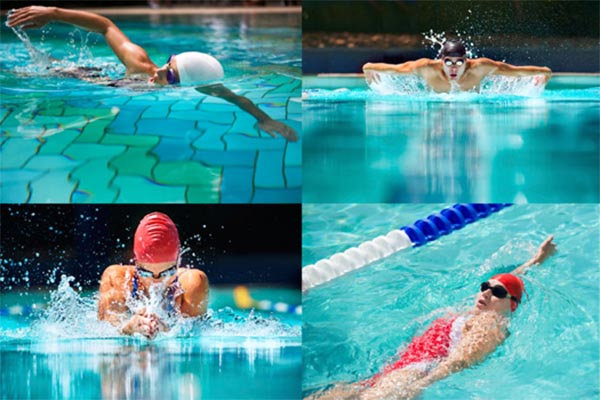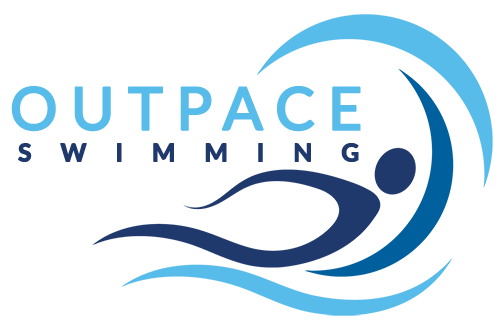When you swim several strokes you use more muscles and your body gets a better workout.
The risk of swimming injuries is also decreased because you don’t always stress the body with the same movements and the musculature is more balanced.
The skills that you learn in one stroke can often be transferred to another swim stroke. Being able to choose between swim strokes means your swimming enjoyment is increased because your workouts are more varied.
Diversity of workouts
Being able to choose between swim strokes means your swimming enjoyment is increased because your workouts are more varied.
Technical benefits
Overall feel for the water improves when you swim different strokes.
Breaststroke and Butterfly will help you to develop a better feel for the water, a stronger catch and pull through. This will contribute to an increase of power and speed when swimming Freestyle. Backstroke will help you to develop your body rotation, a better feel for the catch and a stronger kick.
Physiological benefits

When you swim more than one stroke, you use different muscle groups from those used in Freestyle and your body gets a better workout. The skills that you learn in one stroke can often be transferred to another swim stroke. For example, the balance skills and core stability that you learn for Backstroke are also needed in Freestyle. Butterfly will help you to develop your core muscles as well as strengthen your underwater propulsion.
Each swimming stroke activates different, specific muscle fibers within the same muscle.
When training in Freestyle, you will be activating the specific muscle fibers used in Freestyle and eventually depleting their energy stores. If you then switch to Breaststroke, you will activate other fibers of the same muscle, allowing the Freestyle fibers to rest and recharge while the Breaststroke fibers are activated.
It is therefore always a sensible choice to alternate threshold (CSS) and harder Freestyle sets / sessions with a Medley (other strokes) set / session.
Injury prevention
Swimming more than one stroke decreases the risk of swimming injuries because you don’t always stress the body with the same movements and your musculature is more balanced. It has been observed that swimmers and triathletes who train different strokes are less prone to injury and tend to have much more overall success in their swims at race time.
Open water benefits
Knowing several types of swimming strokes can also be a big advantage in ocean swim or triathlon events:
- Breaststroke can help to orientate yourself, as you have better visibility than when you are swimming freestyle.
- With Backstroke, you can roll on your back when you are tired and take a few strokes in that position to recover and take the opportunity to clear the fog in your goggles.


